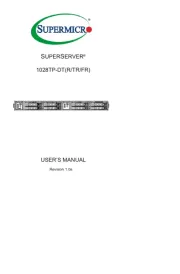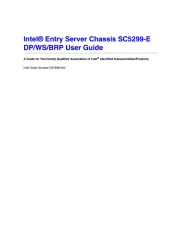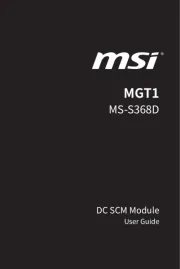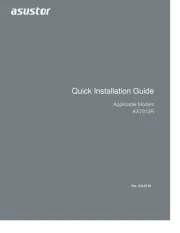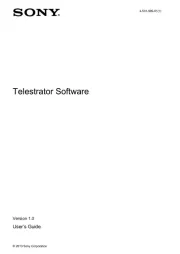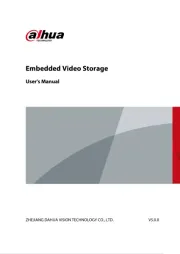Gigabyte R133-C13 Manual
Læs gratis den danske manual til Gigabyte R133-C13 (137 sider) i kategorien Server. Denne vejledning er vurderet som hjælpsom af 10 personer og har en gennemsnitlig bedømmelse på 3.9 stjerner ud af 5.5 anmeldelser.
Har du et spørgsmål om Gigabyte R133-C13, eller vil du spørge andre brugere om produktet?

Produkt Specifikationer
| Mærke: | Gigabyte |
| Kategori: | Server |
| Model: | R133-C13 |
Har du brug for hjælp?
Hvis du har brug for hjælp til Gigabyte R133-C13 stil et spørgsmål nedenfor, og andre brugere vil svare dig
Server Gigabyte Manualer
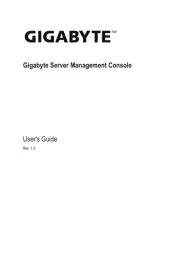
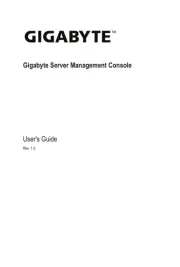
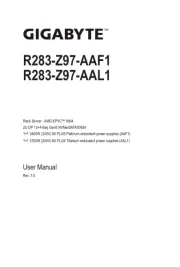
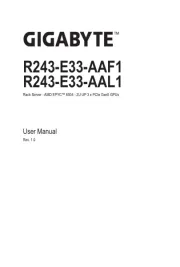
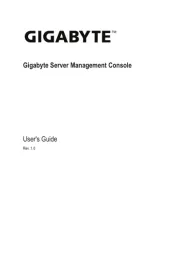
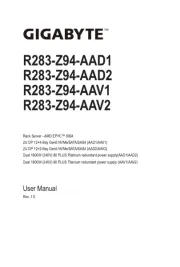
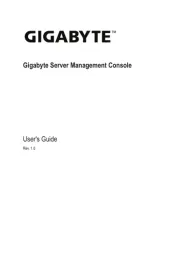
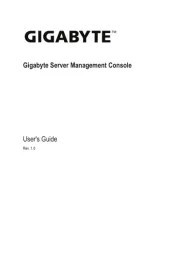
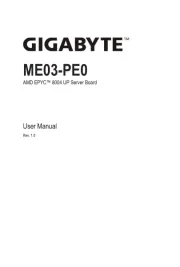
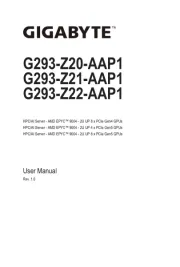
Server Manualer
- Raritan
- JUNG
- Tripp Lite
- HGST
- ELAC
- Smart-AVI
- SEH
- Eminent
- Extron
- Synology
- Naim
- Origin Storage
- Analog Way
- Monacor
- Dahua Technology
Nyeste Server Manualer



